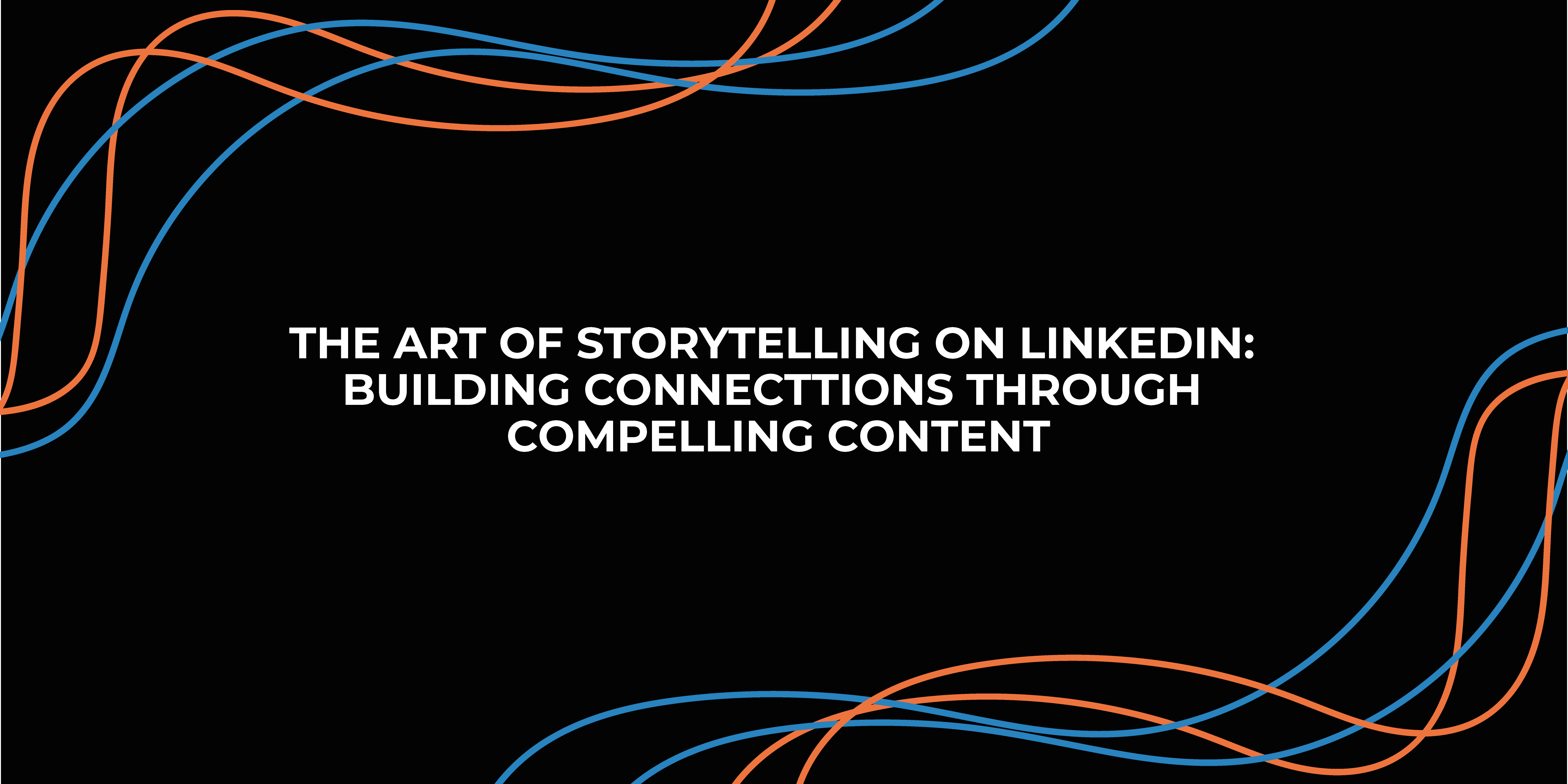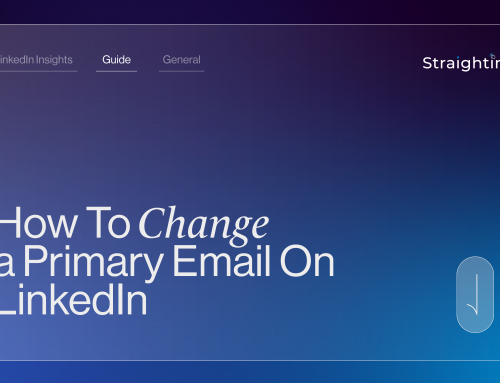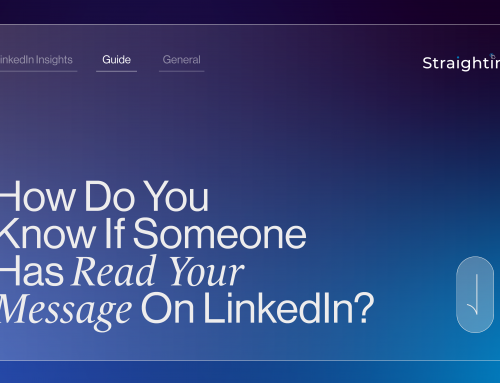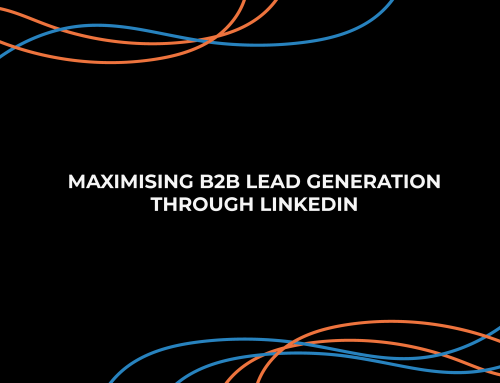To thrive on LinkedIn, you need a diverse set of skills and qualities – from the basics of uploading an attention-grabbing and professional profile picture to building a strong network, effectively utilising keywords for search optimisation, and maintaining consistent and authentic communication with your connections. However, if your goal is to create compelling content for your audience, one strategy stands out for its enduring effectiveness: storytelling.
The link between storytelling and content marketing goes deep. Storytelling possesses the unique ability to emotionally engage an audience, tapping into our intrinsic appreciation for narratives that resonate on a personal level. This connection is what gives content marketing its punch – it’s the way your story gets through to your audience.
If done well, this approach can turn ordinary content into compelling tales that really strike a chord with your audience. This makes storytelling a powerful tool for personal branding, thought leadership, and content marketing. It lets you show off your unique story, values, and experiences in an engaging and memorable way. It helps you build a strong bond with your intended audience and create trust and credibility.
Among the many social media platforms, LinkedIn stands out as the most effective for storytelling, providing a place where professionals can use narratives to create engaging content, forge meaningful connections, and ramp up engagement.
This article is all about mastering the art of storytelling on LinkedIn and how you can make it a part of your content marketing strategy to build strong connections through your content.
Unveiling the Power of Storytelling
Storytelling is an innate human quality that has been passed down through generations as a means of communication, education, and entertainment. It’s the thread that weaves together cultures, memories, and emotions.
When it comes to content marketing, storytelling transforms dry information into relatable experiences, making content more memorable and impactful.
Here are some statistics to show the power of storytelling in marketing efforts:
- 92% of consumers desire brands to create ads that feel like stories.
- 55% of consumers are more likely to remember a story than a list of facts.
- 68% of consumers state that brand stories influence their purchasing decisions.
- Companies with compelling brand stories experience a 20% increase in customer loyalty.
- 64% of consumers make a purchase after watching a branded social media video.
In the context of LinkedIn, a platform predominantly dedicated to professional networking, storytelling goes beyond mere marketing tactics. It adds a human touch to the often-formal world of business interactions, enabling professionals to showcase their personalities, experiences, and values – making it perfect for personal branding and building authentic connections with your audience.
The Connection Between Storytelling and Engagement
While informative and factual posts certainly have their place – they’re crucial for showcasing expertise and offering value to your audience – it’s the stories that stick.
When you share a personal experience, a success story, or a lesson learned, you’re not just presenting information; you’re inviting your audience into your world. This openness builds trust. Readers are more likely to engage with content that resonates on an emotional level, as it makes them feel understood and valued.
Stories have an innate ability to simplify complex concepts. Be it industry trends, strategies, or challenges, framing them within a narrative context helps break down barriers for your audience. This creates a pathway for meaningful conversations and interactions, allowing professionals to bond over common experiences and shared interests.
The LinkedIn Advantage
LinkedIn offers a distinctive platform that allows professionals to engage more profoundly. By integrating stories into your posts, you’re essentially transforming your profile from a digital CV into a dynamic canvas for storytelling.
- Share Personal Milestones: Did you recently achieve a professional milestone or overcome a challenge? Sharing your journey not only celebrates your accomplishments but also inspires others who might be facing similar hurdles.
- Highlight Lessons Learned: Narratives that convey the lessons you’ve learned along your career path can provide valuable insights to your connections, fostering a culture of continuous learning.
- Humanise Company Culture: If you’re posting on behalf of a company, consider sharing stories that showcase the people behind the brand. This offers a glimpse into your company culture and values.
- Elevate Industry Insights: Complex industry insights can become more accessible through storytelling. Use narratives to illustrate how trends or changes impact real professionals.
- Celebrate Collaboration: Share stories that highlight successful collaborations, partnerships, or teamwork experiences. This not only gives credit where it’s due but also showcases your ability to work effectively with others.
Conclusion
The power of storytelling on LinkedIn is far-reaching. It bridges the gap between professionals and their audiences, fostering genuine connections and increasing engagement. By crafting authentic, relatable, and valuable narratives, professionals can transform their LinkedIn profiles into compelling storytelling platforms.
In an era where digital interactions can feel distant, storytelling offers a way to infuse a human touch into professional networking. So, the next time you’re drafting a LinkedIn post, remember that behind every achievement, challenge, and lesson, there’s a story waiting to be shared – a story that has the potential to inspire, connect, and resonate.







